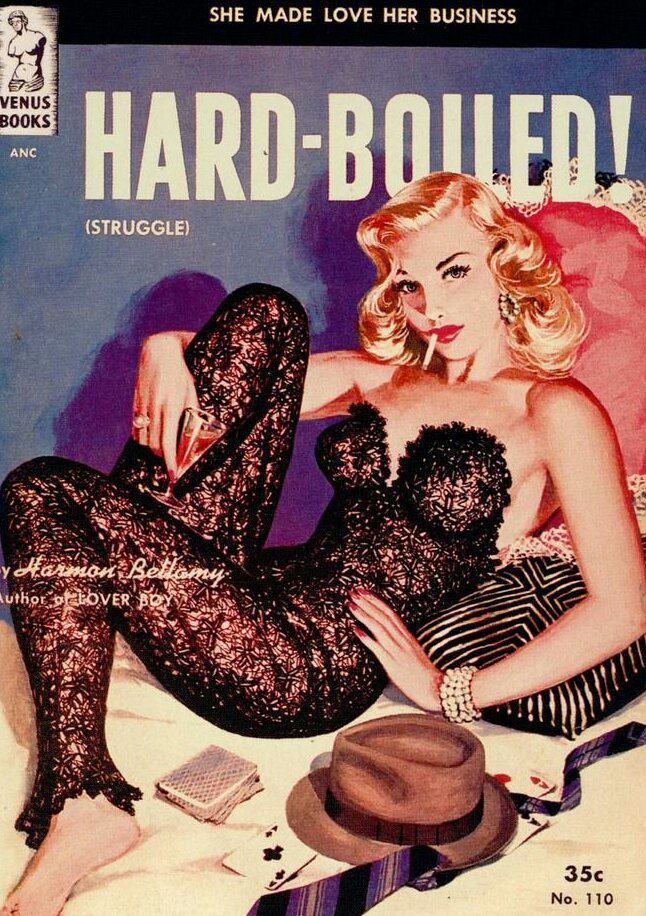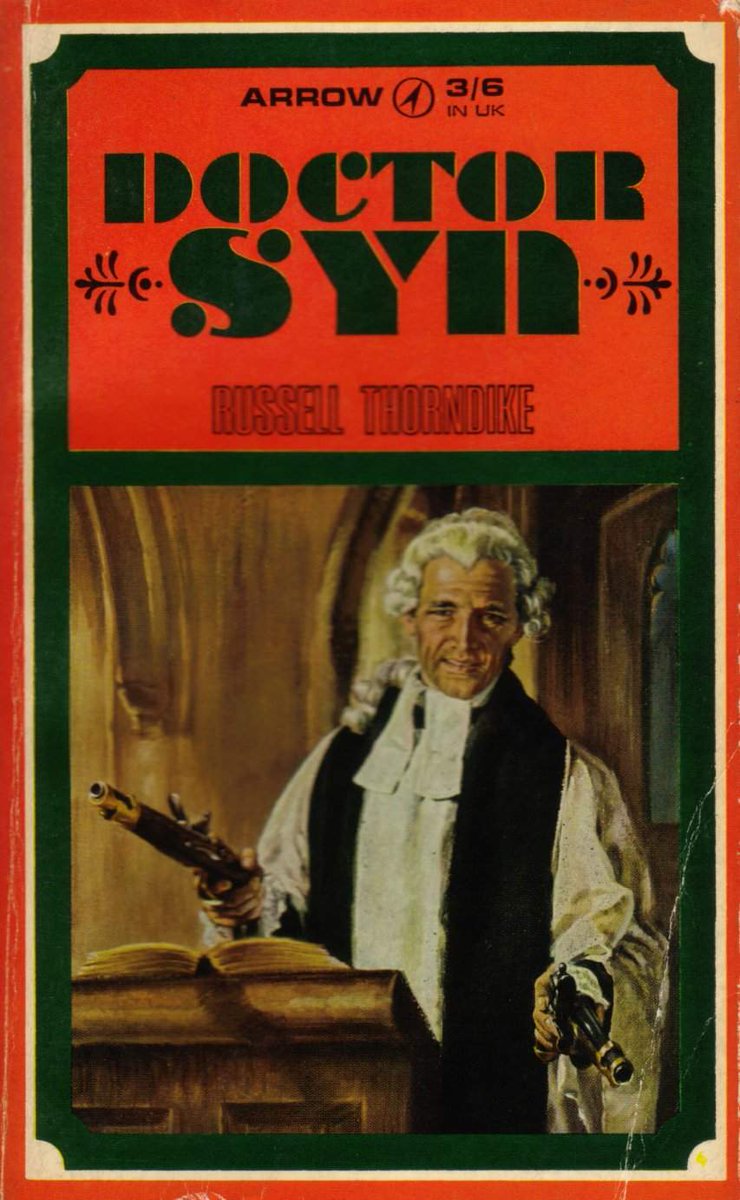Over the years a number of people have asked me if I have a favourite pulp film. Well I do. It's this one.
This is the story of Alphaville...
This is the story of Alphaville...

Alphaville: une étrange aventure de Lemmy Caution (1965) was Jean-Luc Godard’s ninth feature film. A heady mix of spy noir, science fiction and the Nouvelle Vague at its heart is a poetic conflict between a hard-boiled Lemmy Caution and a supercomputer’s brave new world. 

British writer Peter Cheyney had created the fictitious American investigator Lemmy Caution in 1936. As well as appearing in 10 novels Caution featured in over a dozen post-war French films, mostly played by singer Eddie Constantine whom Godard was keen to work with. 

Godard had the idea of putting Lemmy Caution into a science-fiction setting, one similar to the vast city-sized spaceship in Brian Aldiss's novel Non-Stop. It would be a bold attempt at bending genres as well as storytelling techniques. 

Godard also took inspiration from his 1963 short film The New World, where an atomic blast over Paris leaves the city untouched but changes the behavior of everyone except one young man who begins to document his observations after the media deny the blast has had any affects. 







In Godard’s film Caution is secret agent 003, posing as a Figaro-Pravda journalist from The Outlands visiting the city of Alphaville. He wears a tan overcoat and fedora and carries a M1911 pistol, a battered Zippo (which he lights by shooting the flint wheel) and an Agfa camera.
Alphaville is a futuristic and dystopian version of Paris controlled by the Alpha 60 computer system. All residents are devoid of human emotions, unaware of the meanings of words such as love or poetry. “I’m very well, thank you, not at all” is the standard greeting. 

Caution has three missions: to trace fellow agent Henry Dickinson, neutralise Alphaville’s mastermind Professor von Braun, and destroy Alpha 60 before it becomes a danger to The Outlands. In Alphaville emotion is forbidden, and anyone who displays it is arrested and executed.
Anna Karina plays Natacha von Braun, the great leader's daughter. Her pre-programmed ideas slowly break down when Caution gives his "pretty sphinx" a copy of surrealist poet Paul Eluard's Capital of Pain, the only thing Dickinson said could defeat Alpha 60. 

And it’s poetry that finally breaks Alpha 60’s hold on the people of Alphaville; as the computer interrogates Caution it asks for his secret, and Caution’s poetic riddle causes the system to crash, leaving citizens clinging to the walls not knowing what to do or how to move. 

Godard originally wanted to call the film Tarzan versus IBM, and Lemmy Caution's old-fashioned machismo is contrasted with the ruthless emotionless Alpha 60, eerily voiced by an actor with a mechanical larynx and represented by a pulsating high-wattage light.
Alphaville is full of contradictions; poetry is forbidden but Alpha 60 extensively quotes the poetry of Jorge Luis Borges. Passions are outlawed but Henry Dickinson dies making love to a Seductress Third Class in a cheap hotel. Vending machines sell the words “Merci.” 

The movie also uses no special effects. It was filmed entirely in and around Paris with the Electricity Board building used for the Alpha 60 computer centre and the Hotel Sofitel Paris le Scribe as Lemmy Caution’s hotel. However the results are disorientating futuristic. 







Cinematographer Raoul Coutard, a former war photographer, used a very fast Ilford black and white film stock allowing him to shoot the film at night in available light. The stock left the dark areas of the frame almost invisible, creating an eerie other-worldliness to the images. 



Paul Misraki's score is equally unsettling, with jabbing blasts of brass at key moments of the film. Misraki was also a keen UFOlogist who subscribed to the Ancient Astronauts theory of alien life. He published Les Extraterrestres in 1962 about his beliefs. 

There are a number of themes running through Alphaville, and Alpha 60 sums these up at the film’s beginning: “Sometimes reality is too complex for oral communication. But legend embodies it in a form which enables it to spread all over the world.” 



One key legend is that of Orpheus, and there are many similarities between Alphaville and Jean Cocteau’s 1950 film Orphée: the cryptic broadcasts, the search for a missing person, the escape from a labyrinth and the belief that poetry has the power to save and to destroy.
Poetry and love are often used in dystopian literature to stand for things we have lost under the crushing heel of conformity. Only when Alpha 60 is destroyed can Natacha utter the unfamiliar words “Je… t’aime.” The loss of words in Alphaville is also a nod to Orwell’s Newspeak. 

Pulp violence is ridiculed in Alphaville: Caution shoots a man to make sure he won’t move; a fight scene is filmed as a series of stills; prisoners are machine-gunned as they dive into a swimming pool. Godard highlights this spectacle of conflict in a way that asks “is that it?”
Elements of the film are improvised and there are nods to Dick Tracy, Flash Gordon and James Bond. But overall the film presents an impression and an ambience of pulp intercut with the absurd and the impersonal. The future looks like now because it is. 

Alphaville is a stylish, witty, thoughtful and highly watchable deconstruction of the essences of noir and sci-fi, where the future is made out of poetry, attitude and the twilight streets of Paris. You can’t get much pulpier than that.
More stories another time...
More stories another time...

• • •
Missing some Tweet in this thread? You can try to
force a refresh






















